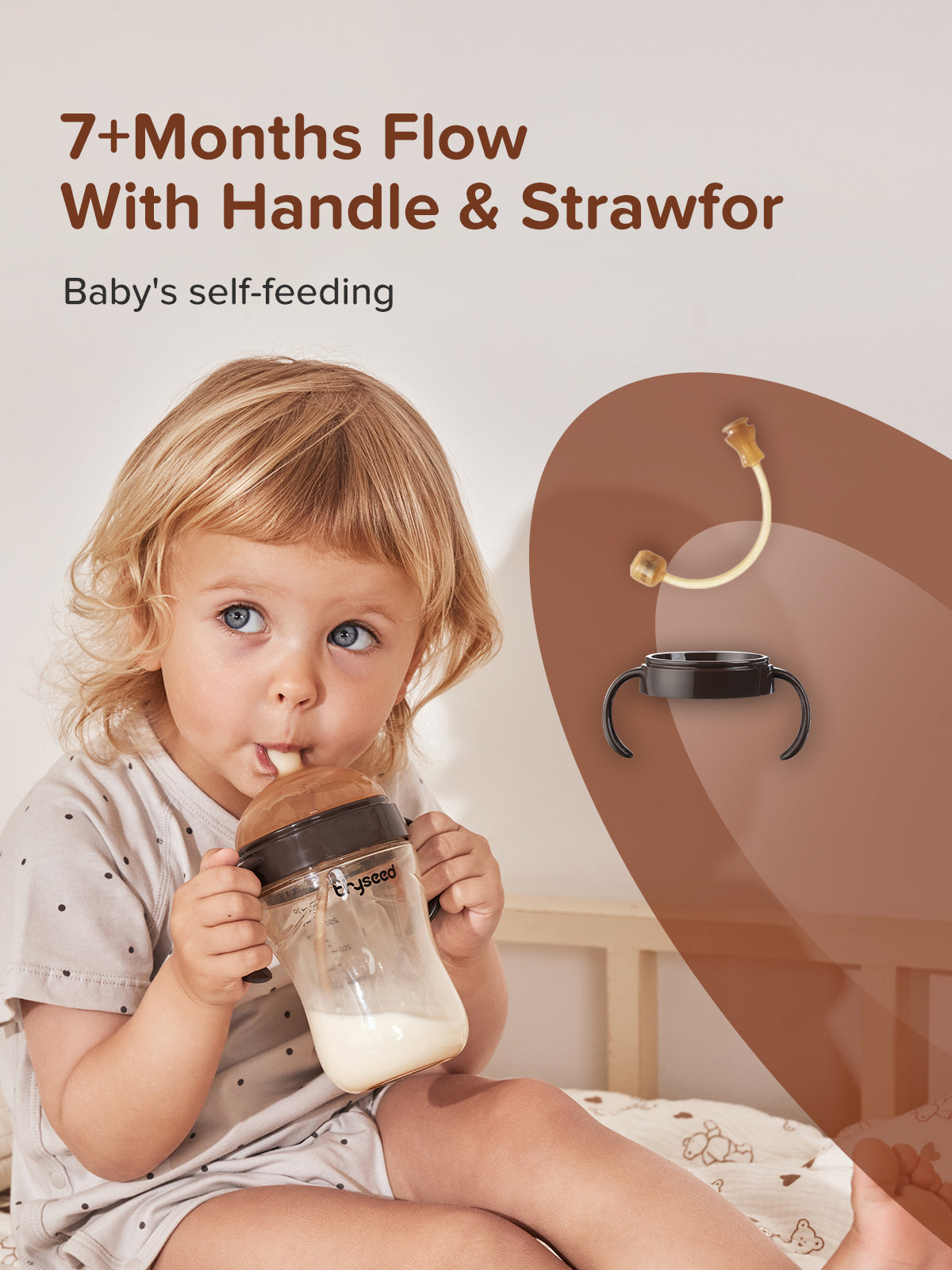Discover the Secrets to Perfectly Comfortable Bottle Feeding Positions for Your Newborn!
When it comes to bottle feeding a newborn, the position you choose can significantly impact the comfort and experience for both the baby and the caregiver. A well-chosen feeding position not only helps the baby latch on properly but also minimizes discomfort and promotes a sense of security. In those precious early days, every feeding session is an opportunity for bonding, and finding the right position can enhance that connection. Whether you are a first-time parent or adding to your family, understanding the best positions to bottle feed a newborn is essential to creating a nurturing environment for your little one.

Understanding Newborn Needs During Feeding
Newborns have unique physical and emotional needs that must be addressed during feeding. Comfort is paramount for a baby, and a secure environment can help them feel safe and relaxed. When bottle feeding, it's essential to hold your baby in a way that aligns their head and body, which not only helps them feed effectively but also minimizes the risk of air intake that can lead to discomfort. Babies thrive on routine and predictability, so establishing a feeding position that feels secure can provide them with the assurance they need. As a friend of mine shared, the first time she held her baby in a comfortable position, she noticed how her little one calmed down immediately, making the feeding process smoother and more enjoyable for both of them.
Best Positions for Bottle Feeding
Finding the best position for bottle feeding can make a world of difference. Here are some of the most comfortable and effective positions you can try:
The Cradle Hold
The cradle hold is one of the most traditional and widely used positions for bottle feeding. In this position, you hold your baby in the crook of your arm, with their head supported by your elbow and their body resting against your forearm. This position allows for eye contact and bonding, making it a favorite for many parents. To execute this hold properly, ensure that your baby’s head is slightly elevated, which can aid in swallowing and reduce the risk of aspiration. A friend told me how this position made her feel connected to her newborn, as they could gaze at each other during feeding.
The Football Hold
The football hold is particularly useful for parents who have had a cesarean delivery or for those who have larger babies. In this position, you tuck the baby under your arm like a football, supporting their head with your hand. This position allows you to keep the baby close while providing a good view of the bottle. It’s also beneficial for babies who may have trouble latching in other positions. The football hold can make it easier to control the feeding angle, which can help reduce air intake.
The Side-Lying Position
The side-lying feeding position is another comfortable option, especially for nighttime feedings. In this position, you and your baby lie on your sides, facing each other. This position is excellent for promoting relaxation and can be particularly soothing for babies who are fussy. However, it’s essential to ensure that the baby is positioned correctly, with their head elevated slightly to prevent choking. Many parents find this position to be a game-changer during late-night feedings, allowing them to rest while still meeting their baby's needs.
The Upright Position
The upright position can be particularly beneficial for babies who experience reflux or have trouble with gas. In this hold, you sit your baby upright in your lap, supporting their back and head while guiding the bottle to their mouth. This position encourages a more natural feeding angle and can help reduce the likelihood of spit-up. It's also great for babies who prefer to be more engaged during feedings, as they can look around and interact with their surroundings.
Experimenting with these positions can help you discover what works best for you and your baby, as each feeding session can be different. Observing your baby's cues can guide you in finding the most comfortable position for them.
Tips for Ensuring Comfort During Feeding
Creating a comfortable feeding environment is just as important as selecting the right position. Here are some practical tips to enhance your bottle feeding experience:
First, consider your seating arrangement; choosing a supportive chair or glider can help you maintain a good posture during feedings. Ensure the lighting in the room is soft and soothing, as harsh lights can be distracting for both you and your baby. Additionally, having a cozy blanket or baby pillow can provide extra support and comfort for your little one.
Don’t forget the importance of regular burping during and after feedings to help your baby release any trapped air. It’s also helpful to take breaks during feedings, allowing both you and your baby to relax and bond. As my friend pointed out, these moments can turn into cherished memories, filled with love and connection.
Enhancing Your Newborn's Feeding Experience
In conclusion, the best positions for bottle feeding your newborn can significantly enhance the feeding experience, promoting comfort and bonding. From the cradle hold to the upright position, each method has its unique advantages that cater to both the baby's needs and the caregiver's comfort. Don’t hesitate to explore different positions to find what works best for you and your baby. Ultimately, the goal is to create a nurturing feeding environment that fosters connection and love during those precious early moments.






تعليقات